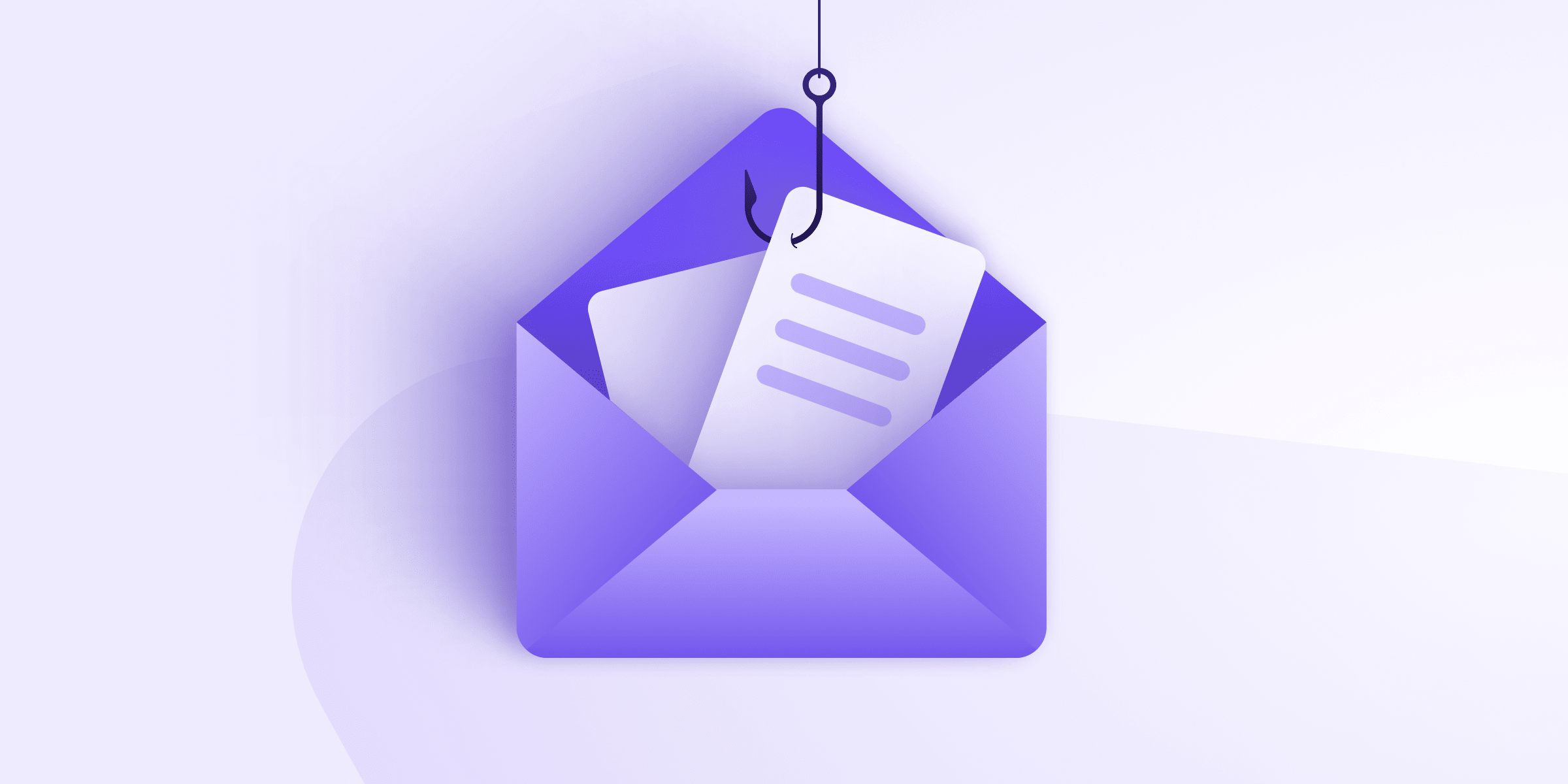If there were still doubts over whether Apple is an abusive monopolist, they were emphatically dismissed this week. Apple’s new app store policy that it claims will bring it into compliance with Europe’s Digital Markets Act(new window) is a textbook case of malicious compliance (in fact, it’s listed as an example under the malicious compliance(new window) Wikipedia entry) that spits in the face of open markets, fair competition, and the European Commission.
As a recap, Apple currently has a number of policies for its App Store that are so abusive that the European Union was compelled to pass a new law, the Digital Market Act (DMA), to rein in some of the worst offenses. These abuses include:
- Requiring developers to pay 30% of their revenue to Apple
- Banning alternative payment methods
- Not allowing developers to inform users about alternative payment methods
- Not allowing developers to inform users that they can obtain a service more cheaply elsewhere
- Monopolizing all app distribution via the App Store
These practices were almost universally despised, which is why the DMA was passed with broad consensus. Apple’s policy is actually worse than abusive — it’s also bad for privacy as it penalizes app developers who use subscriptions as opposed to an ad-based business model (one of the reasons why Apple is not actually a privacy company despite all of their advertising).
While almost everyone agrees that this is terrible, Apple’s idea of addressing these concerns is to provide an alternative so bad that the current shakedown scheme seems good in comparison. Let’s break down just how absurd Apple’s new proposals are.
Apple threatens major app developers with CTF
The DMA forces Apple to allow alternative payment methods and pressures it to reduce fees. Apple’s response to complaints about unfair fees is, yes you guessed it, a new unfair fee.
Introducing the Core Technology Fee (CTF), a junk fee that serves no purpose other than trapping popular apps in Apple’s current shakedown scheme. By charging a €.50 fee for each install after the first 1 million, Apple effectively uses a popular app’s scale against it to prevent it from using an alternative payment system or app store.
Apple claims it needs this new fee to offset some of the “lowered” fees that Apple’s new policy offers in exchange, but it doesn’t require a PhD in Mathematics to see that this claim doesn’t stand up to scrutiny.
Apple is offering to drop their current fees from 30% for the first payment and 15% for subscription renewals down to 17% and 10% respectively if you use an alternative payment method. However, payment processing is not free, and after factoring in the approximately 3% payment processing fees, the “lowered” fee for app developers is actually 20% and 13%.
Given that the bulk of the lifetime value of a typical subscription user is in the renewals, this essentially means that the “fee relief” that Apple’s new policy provides is just 2%, from 15% to 13%. In exchange, developers must now pay €0.50 per install.
This new fee structure would be devastating for apps that are mostly free, like Proton Mail or Proton VPN. Under this new scheme, app developers like Proton would have to potentially pay millions per year to Apple or stop offering a free app at all, meaning that we would have to stop providing privacy to people who can’t afford it.
The only way to avoid the CTF is to continue with Apple’s current App Store policy. Apple is basically saying that if you don’t want your business to be burned down, you better keep quietly accepting our current shakedown… or else.
Apple kneecaps conversion rates for alternative payment systems
While the CTF works on trapping developers that focus on building a broad user base with a free app, Apple also has a trap for apps that generate revenue via subscription fees or in-app sales by killing their conversion rate.
If you decide to use anything other than Apple’s in-app purchase system, you’re forced to display a “scare screen” designed by Apple, which you cannot modify.
As an organization that relies on paid subscriptions, we have examined this carefully, and the templates that Apple mandates for any organization that wants to link to an alternative payment service are works of art. It’s as though Apple looked up every best practice developers use to maximize conversions and then inverted them to ensure the worst possible outcome.
This is what is shown to the user if you don’t use Apple’s in-app purchase system:

While Apple argues that this is needed to “protect users”, this is clearly a lie. Due to Apple’s arbitrary policies, they currently allow alternative payment systems for dozens of popular apps like Uber, Airbnb, Amazon, DoorDash, the McDonald’s app, and countless others. Yet, you never see such a screen when using one of those apps precisely because Apple doesn’t get a cut of those payments, so it doesn’t care.
This scare screen can only be understood as Apple’s attempt to secure its monopolist revenues, not the safety of your payments.
Apple buries alternative app stores
What if you decide as a developer that you don’t like Apple’s choice of a life sentence in prison or a death sentence, and you decide to explore distribution via an alternative app store? Apple has a plan for you too. First, you’re still eligible for the CTF, so there’s no relief there. But then Apple forces anyone who wants to use an alternative app store through a byzantine process before they can actually download anything.
Just compare the user experience between the App Store and a hypothetical alternative app store based on Apple’s restrictions.
The App Store comes pre-installed on your iPhone as the default. Once you log in to your Apple ID on your iPhone, you can immediately download apps and make purchases.
To use an alternative app store, you would have to:
- Go into your iPhone’s settings and change the default settings to allow your device to download an alternative app store.
- Go to the alternative app store’s website and download it.
- Once you log in to the alternative app store, Apple will show you a scare screen about how it cannot guarantee your safety or refunds.
- You’ll then need to go back to your iPhone’s settings to make the new app store the default option on your device.
- It’s likely that apps in alternative app stores won’t be able to offer all the same features that an app in the App Store could.
This, combined with the fact that Apple can revoke an alternative app store at any time at their sole discretion and with no liability, means that nobody in their right mind would list their app in an alternative app store, much less develop one.
But just in case you were crazy enough to do that, Apple also made getting a €1 million letter of credit a requirement to develop an alternative app store to make it financially impossible for most developers.
If you choose the new policy, Apple will never let you out
Apple has also forced developers to pick a single policy to operate under. That means you either stick with the status quo or pick Apple’s even worse alternative. But it gets worse than that when examining the fine print.
Let’s say you decide to try to offer alternative payments so that your customers are not forced to go through Apple’s system (which makes them effectively Apple’s customers and not your customers). Apple does not permit you to also offer Apple’s in-app purchase (IAP) system. That means if the user gets scared off by Apple’s scare screen, you cannot provide them the alternative of paying through Apple IAP. Instead, Apple wants to make it so that you likely lose that sale.
Can it get worse? It’s Apple — of course it gets worse. Once you choose which policy you want to implement — the current App Store policy or Apple’s proposed new policy — your decision is permanent. So if you decide to take the risk of trying out alternative payments and it ends up working worse for your business, Apple doesn’t allow you to go back and instead traps you permanently. By making the decision irreversible, Apple has intentionally made picking the new policy a massive business risk for developers, therefore ensuring that nobody will pick the new policy and risk business suicide.
Apple can change its policies on a whim
While one might think that all of the barriers put up above might be enough to deter developers from picking among the choices they’re now legally entitled to under the DMA, Apple has thrown in even more barriers just for good measure.
Apple reserves the right to change its policies at any point in the future at its sole discretion. It can unilaterally create a new API for developers to report external sales in the future or revoke any developer’s right to use an alternative app store at any time with no liability — and these are just the examples it listed in its announcement.
Notably, that means that if you choose the new system, Apple could at any time decide to change the CTF from, say, €0.50 per install to €5 per install. Because of the other conditions that trap you in the new policy, there would be nothing you could do about it. Essentially, you’re entirely at Apple’s mercy, which, if it isn’t clear by now, is obviously Apple’s true intent.
Apple has lost its way
In considering all of the above, Apple’s behavior is that of a vengeful prison guard.
And that’s a pity because it was not so long ago that Apple was the scrappy upstart battling against the big, bad Microsoft monopoly. The company that once encouraged us to “Think different” now doesn’t want us to think at all. Instead, it expects us to quietly accept its increasingly abusive actions. Ironically, if today’s Apple encountered the trailblazing Apple of the 1980s, it would probably try to tax it to death.
With the DMA coming into effect on March 7, 2024, there could be another word that describes Apple’s behavior: illegal.
Will the European Commission rise to the challenge?
Unlike Apple’s arbitrary rules and fees, the DMA is not a random creation but a democratic response to Apple’s long history of abusive behavior. The DMA was passed by a democratically elected body via a legitimate process, and it is now law in the European Union. Apple’s new policy is not only blatantly non-compliant, it’s actively contemptuous of the law, showing complete disregard for democracy.
With this proposal, Apple is signaling that it is above the law and that there is nothing Europe can do to stop it. If the European Commission allows this to go unchallenged, it will be a decision that has dire consequences for the future of Europe and the rest of the world. At this important crossroads, there should be only one path the European Commission can take — if it can muster up the courage.
Appendix
A table of the “choice” Apple is giving developers
Apple claims it’s giving developers the ability to choose the plan that fits them best — but if you examine them, it’s clear that it’s tilting the benefits towards remaining in the App Store. We break down the details in the table below:
| Current App Store policy | New policy for the App Store | New policy for an alternative app store | |
| Apple’s standard fees | – 30% of all subscriptions and in-app purchases. – 15% for developers in the App Store Small Business Program (or for subscriptions after the first year). | – 17% of all subscriptions and in-app purchases. – 10% for developers in the App Store Small Business Program (or for subscriptions after the first year). | NA |
| Apple’s additional fees | None | Core Technology Fee (CTF) of €0.50 or first annual installation above 1 million installations over a 12-month rolling period. | Core Technology Fee (CTF) of €0.50 or first annual installation above 1 million installations over a 12-month rolling period. |
| Payment processing | Handled by Apple’s IAP system for no additional fee. | – Handled by an external payment processor for 3% fee. – Apple will show a scare screen. – Cannot use Apple’s IAP system at all. | – Handled by an external payment processor for 3% fee. – Apple will show a scare screen. – Cannot use Apple’s IAP system at all. |
| Conditions to link out of App Store for subscriptions | Banned | – Can only go to the developer’s website. Developers cannot share info about subscriptions on the app’s product page in the App Store. – Apple will show a scare screen. | NA |
| Conditions to use alternative app stores | Banned | NA | – Apps must be offered via alternative app stores — developers cannot offer app downloads directly from their website. – Apple must review and “notarize” each app, meaning it can prevent apps from appearing in external app stores and dictate what features they can and cannot offer. – Apple can refuse to give developers permission to use external app stores or revoke previously given permission at its discretion. |
Anyone who decides to opt out of Apple’s current policy and use an alternative payment processor or app store must also track their users’ subscription fees and report them to Apple so that Apple can invoice them. Apple also reserves the right to audit these developers’ financial records to ensure they’re paying the proper amount of fees.














